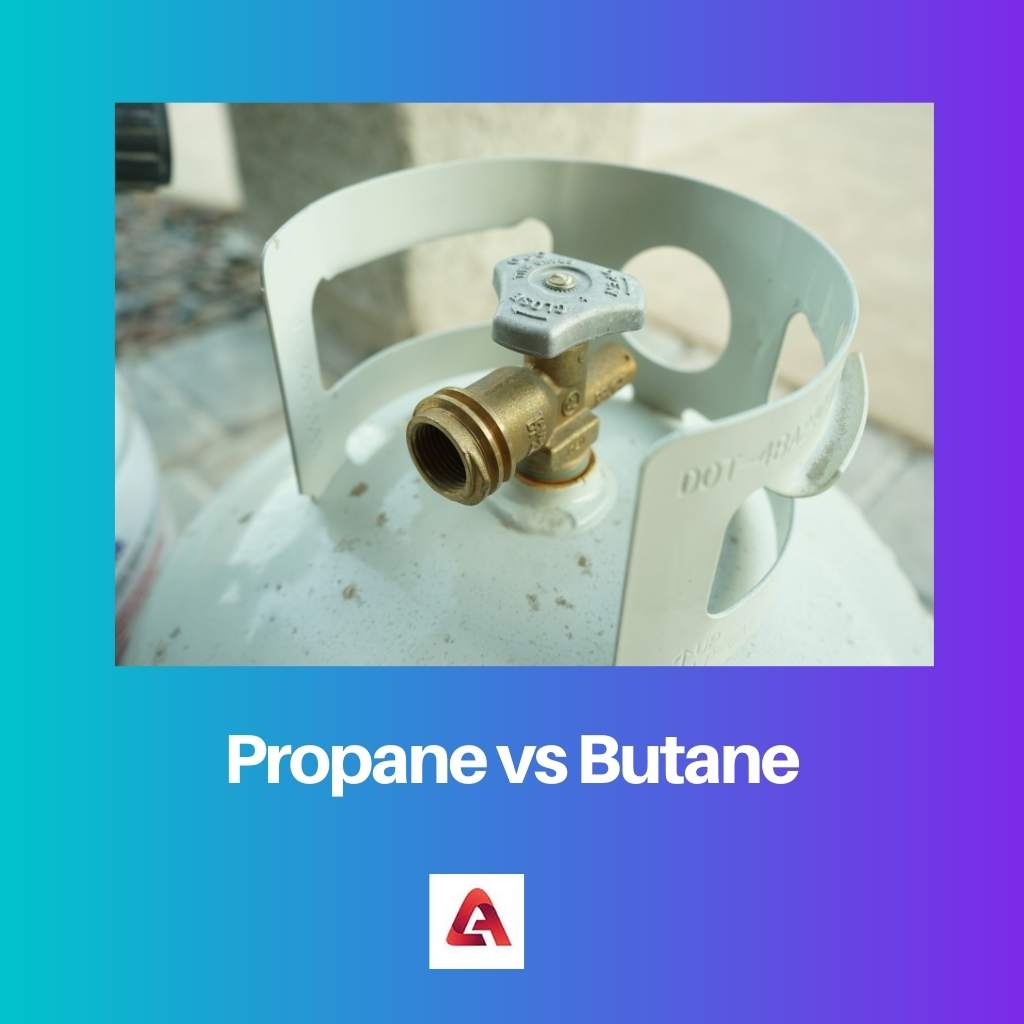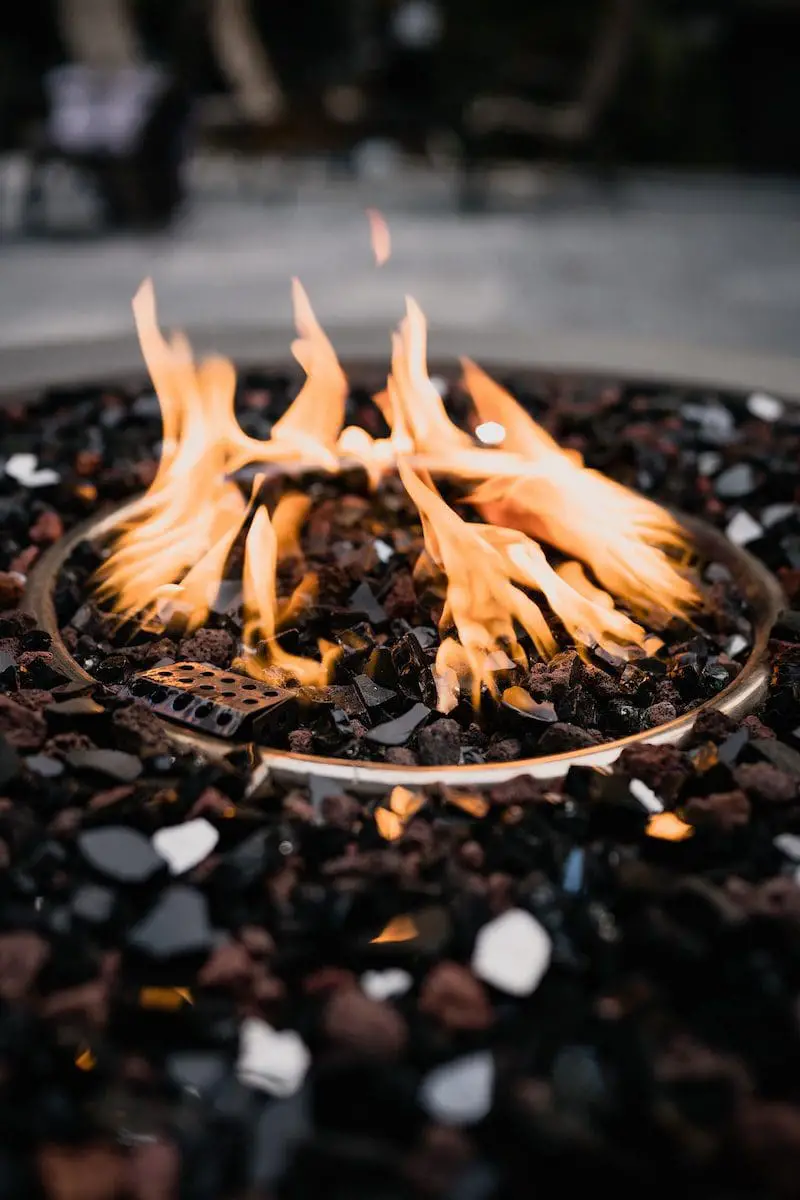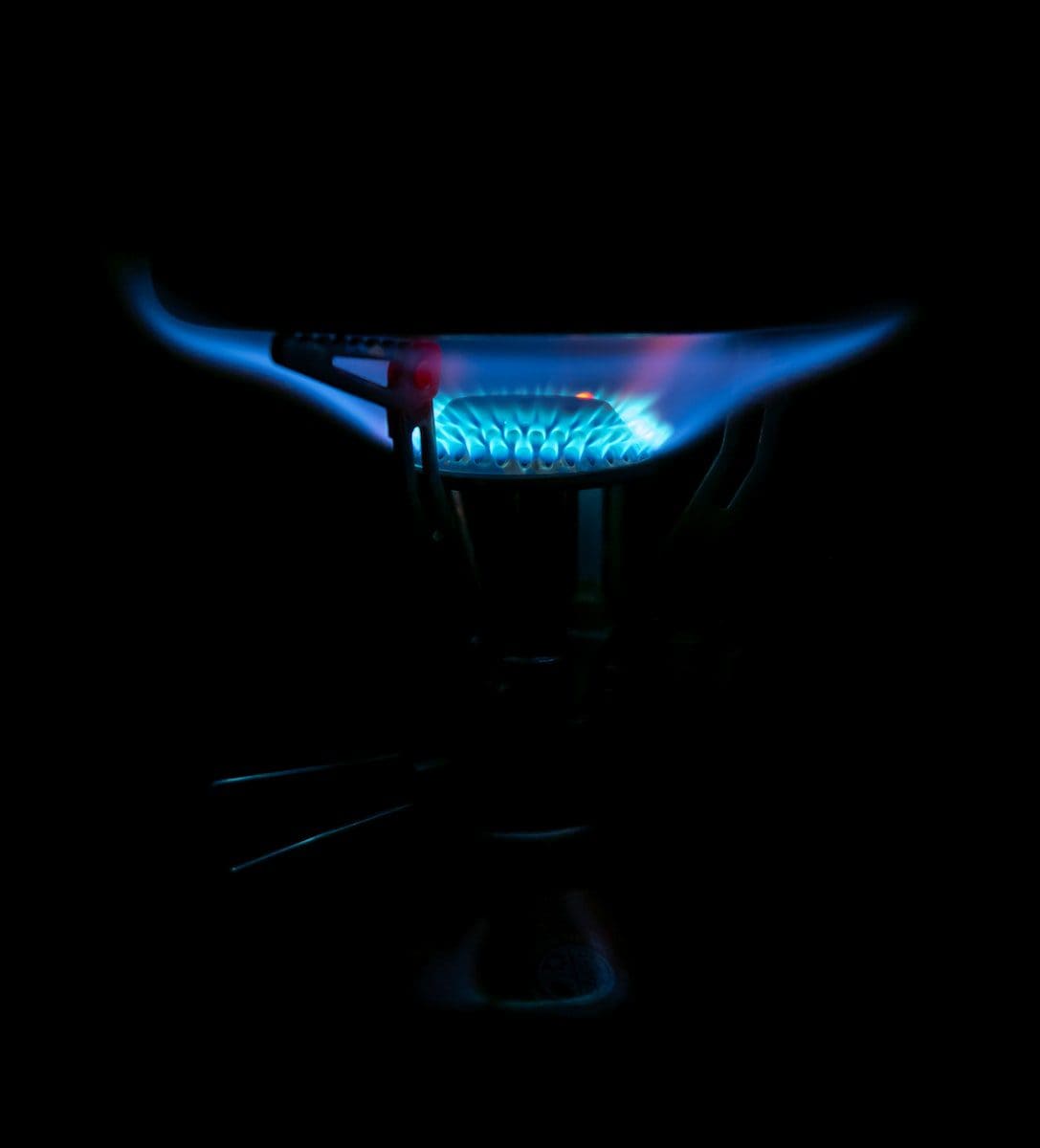The words “propane” and “Butane,” especially because they are used for both industrial and household purposes, are very familiar today. Stoves, stoves, heaters, and motors for cars, both propane and Butane, are operated.
Propane and butane are also gases for heating electricity. Some people believe that propane and butane have the same properties as propane. Nevertheless, they have such distinctions that may be advantageous or disadvantageous according to their usage.
Key Takeaways
- Propane is a hydrocarbon gas commonly used as fuel for heating and cooking, while butane is a hydrocarbon gas commonly used as fuel for lighters and camping stoves.
- Propane has a higher boiling point and lower vapor pressure, while butane has a lower boiling point and higher vapor pressure.
- Propane is more suitable for outdoor use and colder temperatures, while butane is more suitable for indoor and warmer temperatures.
Propane vs Butane
Propane is a type of gas that can be used to cook something. Propane can be used in cold temperatures. It is best suited for outdoor use. The boiling point of propane is high. Butane gas can be used as fuel in lighters. Butane can be used in hot temperatures. It is best suited for indoor use. The vapour pressure of butane is high.

Propane also can be used as gasoline. As long as propane is combined with compounds such as propylene, butylene, and butane, it can also act as vehicle fuel.
Propane or liquefied oil gas is blended with these compounds. Propane is also LPG. GPLs are contained in tanks and attached to heat and power supply furnaces, heaters, and car engines.
Butane is not as common as propane but is still used as an alternate source of fuel in many goods. As a propellant for aerosol pulverization, butane can also be integrated as fuel for cigarette lighters and stoves.
Butane is cheaper than propane in terms of costs. Butane, as a fuel supply, is therefore, very disadvantageous, and not all equipment can be equipped with butane tanks.
Comparison Table
| Parameters of Comparison | Propane | Butane |
|---|---|---|
| Definition | Propane is a propane molecule’s combustible gas. | Butane is a fuel gas consisting of butane molecules. |
| Chemical Formula | Propane’s chemical format is C3H8. | Butane is C4H10 as the molecular formula. |
| Molar Mass | The propane molar mass is approximately 44 g/mol. | Butane is 58.12 g/mol in molar weight. |
| Flash Point | Propane’s flashpoint is -104oC. | Butane is a -60oC flashpoint. |
| Boiling Point | Propane is cooking at -42oC. | Butane is heating at -1oC. |
What is Propane?
Propane is molecular propane hydrogen. The gas is propane gas. Propane’s chemical format is C3H8. It consists of 3 carbon atoms. This is why. It’s a basic hydrocarbon and alkene.
The propane molar mass is approximately 44 g/mol. Propane is used as a gas at room temperature and ambient pressure. However, fluid propane, which is transportable, is compressible.
This liquid propane can quickly be vaporised because of its very low boiling point. Propane is about -42oC boiling point. There is, therefore, propane which can be burned to obtain energy when the deck of the container is opened.
Propane is heavier than standard air since the relative propane density is greater than 1. Therefore propane gas sinks to the bottom of the bottle if there is a combination of propane and natural air in the same container.
Full propane combustion emits carbon dioxide, water vapour, and heat. However, inadequate burning, along with carbon dioxide, carbon soot, and water vapour, is carried out if there’s not enough oxygen. Incomplete combustion produces less thermal energy than total combustion thermal power.
It can also be used as an engine fuel, a household aero spray propellant, the main fuel for hot air balloons, etc., in addition to using industrial fuel.

What is Butane?
Butane is a fuel gas consisting of butane molecules. Butane has four atoms of carbon and ten atoms of hydrogen. Butane is an alkene and a hydrocarbon present at room and ambient pressure during the gaseous process.
Butane is C4H10 as the molecular formula. Molar butane mass is approximately 58.12 g/mol. Butane is found in two isomers: butane normally and isobutene.
The basic linear arrangement of four carbohydrates is normal butane. Isobutane is a branched arrangement in which the three-carbon backbones have one carbon atom as a methyl group. It’s a colorless gas with the same taste as oil.
Butane is near -1oC boiling point. Butane burns readily at room temperature. Butane is thus regarded as a highly inflammable gas.
Butane is about -60°C in a flash. The flashpoint of a gas is the lowest temperature at which it is inflammable since it is air blended. It’s also easy to liquefy. Butane can also be combusted fully and incompletely. When the combustion is complete, carbon dioxide, water vapour, and heat are produced.
Butane creates carbon monoxide with water vapour and heat in the incomplete combustion process. Butane can be used to boost the octane number of motor pets as an additive to petrol mix, diesel, and isobutene.

Main Differences Between Propane and butane
- The propane molar mass is approximately 44 g/mol. Whereas butane is 58.12 g/mol in molar weight.
- Propane is a propane molecule’s combustible gas, whereas butane is a fuel gas consisting of molecules.
- Propane is costly, whereas butane is cheaper.
- Propane is blue color gas and tasteless, whereas butane is a colorless gas with the same taste as oil.
- Propane is composed of three carbon atoms, whereas butane consists of four carbon atoms.





